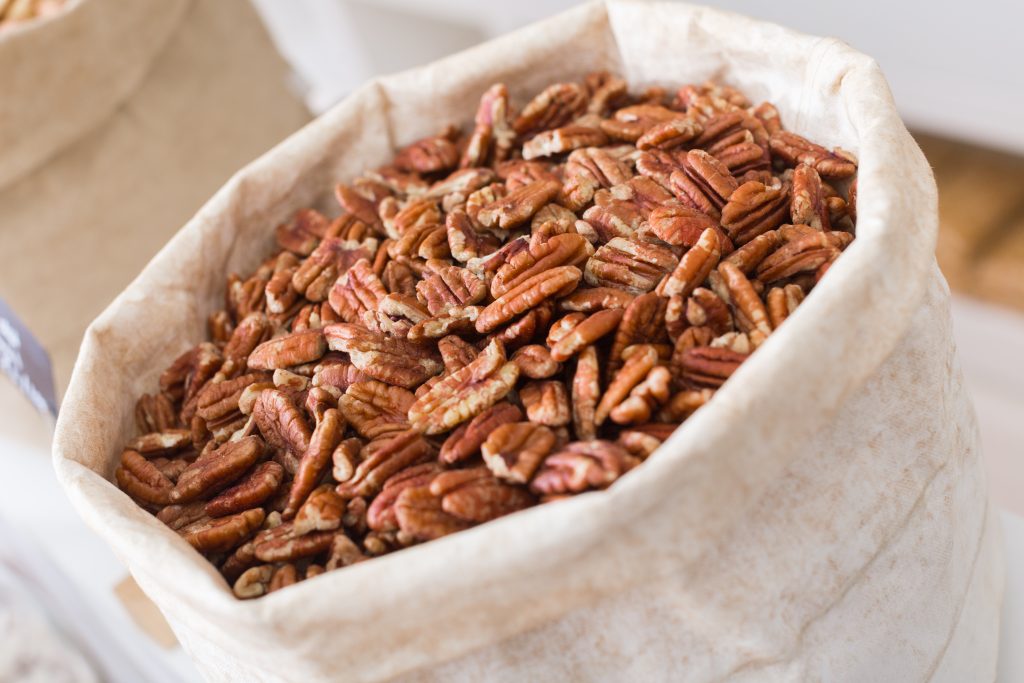By Clint Thompson
Budbreak in pecan trees is under way in orchards across the Southeast, and farmers need to be wary of one particular pest – budmoths.
Budmoths were a nuisance last year on pecan trees and have already showed signs of infesting young trees during the first week in April.

University of Georgia Cooperative Extension pecan entomologist Angelita Acebes offered tips on her blog on how to identify a budmoth and what management options are available at this point in the growing season.
Pecan growers can recognize budmoth damage by the webbing around newly-developed leaves and small dark spots on the tips of those leaves.
During the spring, adult moths start laying eggs and can lay eggs in about six days. Unfortunately, the young larvae will feed on the leaves. Then they spin a web to roll the leaves where they’ll bore into the shoot. Once in the shoot, an insecticide will be ineffective because it can’t reach them.
Whether to spray your trees at budbreak is a question that can go either way. Spraying at budbreak is an option since there’s a small window to effectively apply an insecticide. If farmers have time to scout, treating when the infestation is first noticed is also an option.
When considering what insecticide to apply, worm materials are more ideal if you can catch budmoth outbreaks early. If budmoth damage is severe and the initial outbreak was missed, Lorsban is the only option for quick control.
For more information, see Acebes’ blog.









